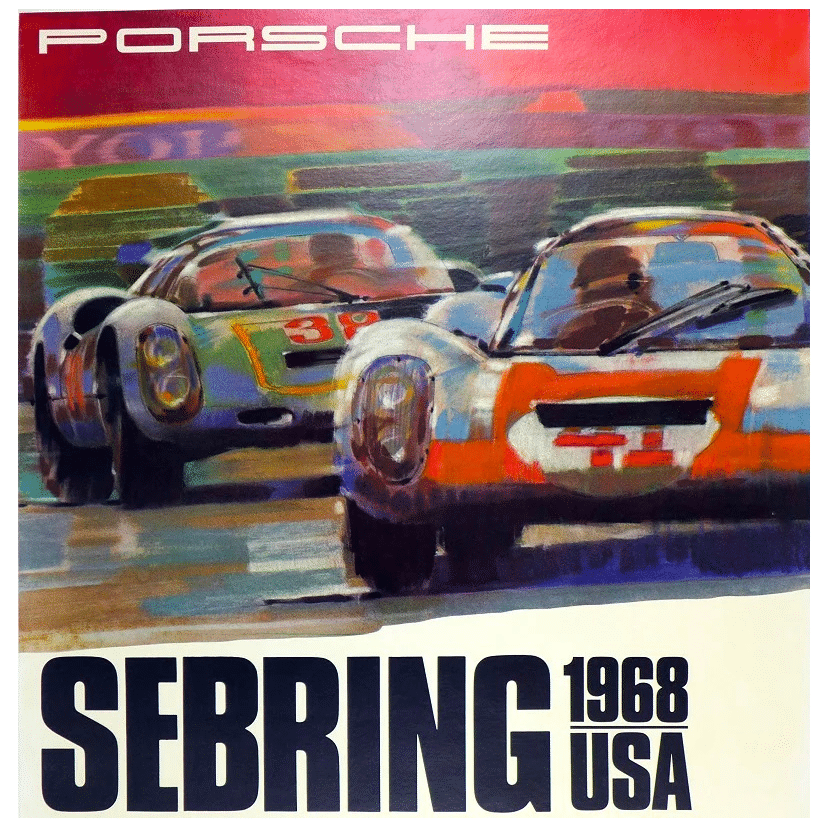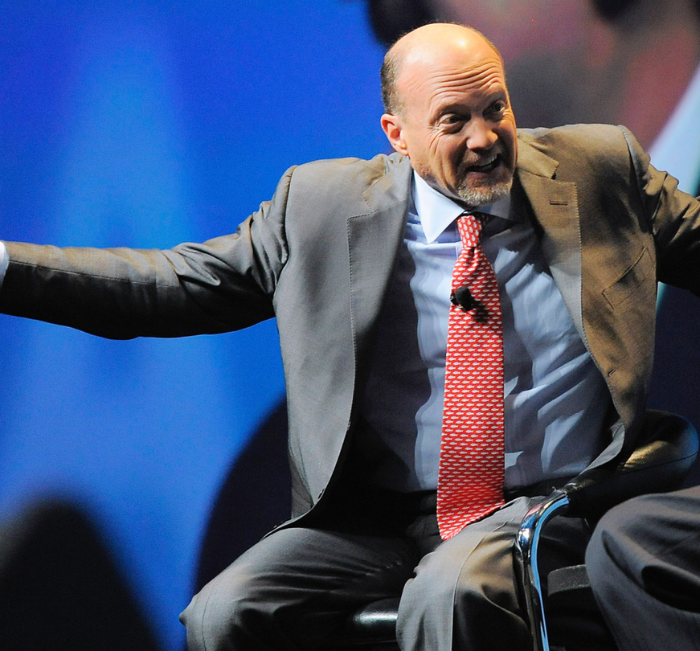This week was the 20th anniversary of the final flight of the famous Concorde Jet, and to mark the occasion we’ve partnered up with Alts community member Simon Jones.
I met Simon a few months ago during a visit to London. Over the course of an hour, it became clear Simon was not only a huuuge collector of Concorde memorabilia, but a walking, talking encyclopedia of Concorde knowledge.

Simon is also one of the lucky few who has ever flown on these magnificent jets. But the 20th anniversary of the final flight is bittersweet, because it was the last time in history that supersonic flight was commercially available.

In this issue, with Simon’s help, we’ll dive into the story of the Concorde. How did it come to life? Why did it disappear into oblivion? What does the Concorde memorabilia market look like? And is there any viable future for supersonic flight?
The Concorde’s story is especially pertinent these days, because it’s a shining example of two antagonistic countries overcoming their differences, and working together to achieve something spectacular.
Let’s go 👇
Table of Contents
How did the Concorde get built?
It all started in 1954, in an unlikely agreement between England and France (specifically, British Aircraft Corporation and Aérospatiale).
These two nations don’t exactly have a friendly history. (After all, they fought each other in a Hundred Years War.)
But following World War II, the allure of supersonic travel was too large to ignore. The two countries began researching supersonic flight, and signed a 1962 treaty to collaborate on engineering an airplane capable of supersonic flight (greater than the speed of sound)

From the day studies began, it took a whopping 22 years to develop a working model. Finally, in 1969, Prototype #001 made its first flight from Toulouse, France.
The superbird had a maximum speed of 1,354 mph, over twice the speed of sound.
Challenges of breaking the sound barrier
It’s hard to believe that 40 years ago, when color TV was a luxury item, passengers were flying across the Atlantic at twice the speed of sound.
Two of the most interesting issues the engineers had to overcome were heating and structural.
Heating
The Concorde’s incredible speed created so much heat that the fuselage would expand by 12 inches during flight.

To get past this, the developers created a custom heating & cooling system that would run multiple times throughout the flight.
Even with this system, heat still made its way into the aircraft. Nearly all interior surfaces were hot to the touch at some point during flight.
Structural
When you’re flying at 1,300 mph, turning the aircraft creates a force strong enough to rip the plane apart.
To maintain structural integrity, engineers used something called elevons, or special flaps placed on the back of the wings.

Objects moving at speeds greater than the speed of sound (Mach1) are said to be traveling at supersonic speeds. Where the magic really happens is when you go from subsonic to transonic to supersonic.

Of course, when an object travels faster than the speed of sound, the immense pressure waves create an incredibly loud sound known as a sonic boom.
This sound is so loud, so disruptive, that basically all governments have banned aircraft from traveling Mach1 over land.
This is one reason the London to New York route was perfect — the supersonic portion of the flight takes place entirely over water. (Err, sorry about the noise, whales!)
If you’ve never heard or seen a sonic boom, here are five great examples:
Interestingly, sonic booms only really affect those on the ground. Pilots and passengers don’t actually feel a sonic boom from the cockpit (just as people on a boat don’t feel the effects of the wake behind them).
Passengers aboard a Concorde could drink champagne while blasting through Mach 1. No bumps, no bangs.
Stolen secrets: The Russian mole
The British and French weren’t the only ones developing supersonic tech.
The 1960s were a time of intense competition between major world powers, and the race to develop the first supersonic airliner took center stage.
Russia, determined to outdo its rivals, engaged in a clandestine operation to gain an advantage.











